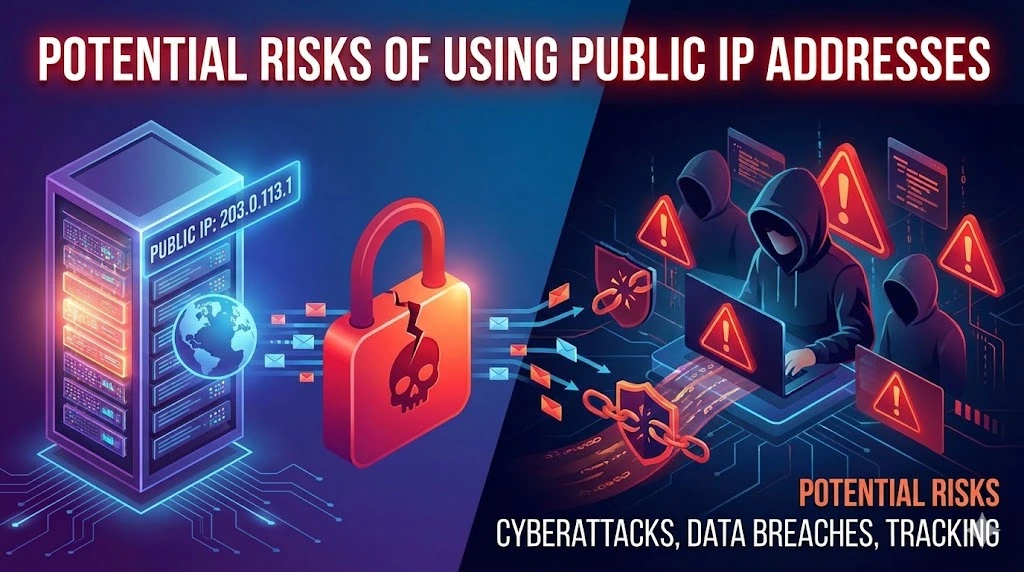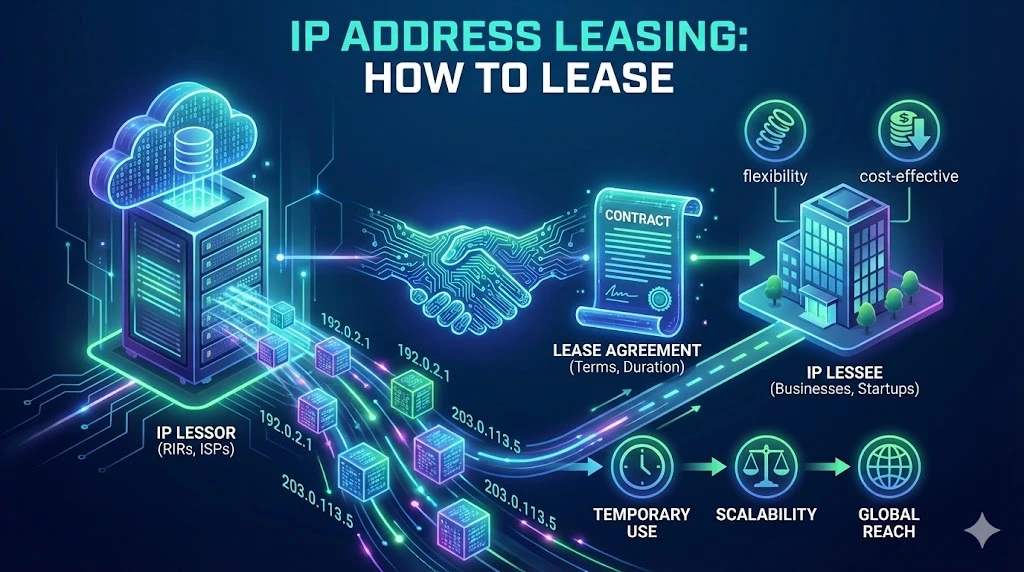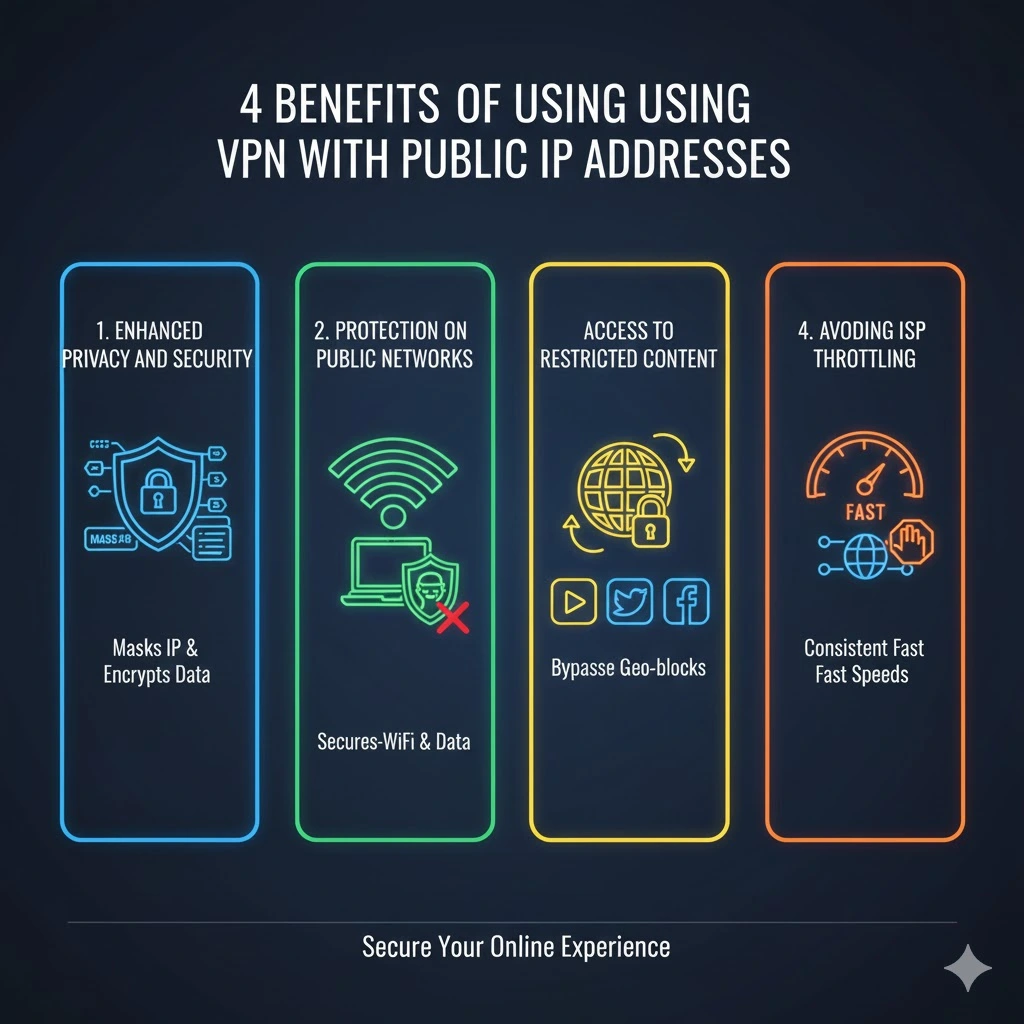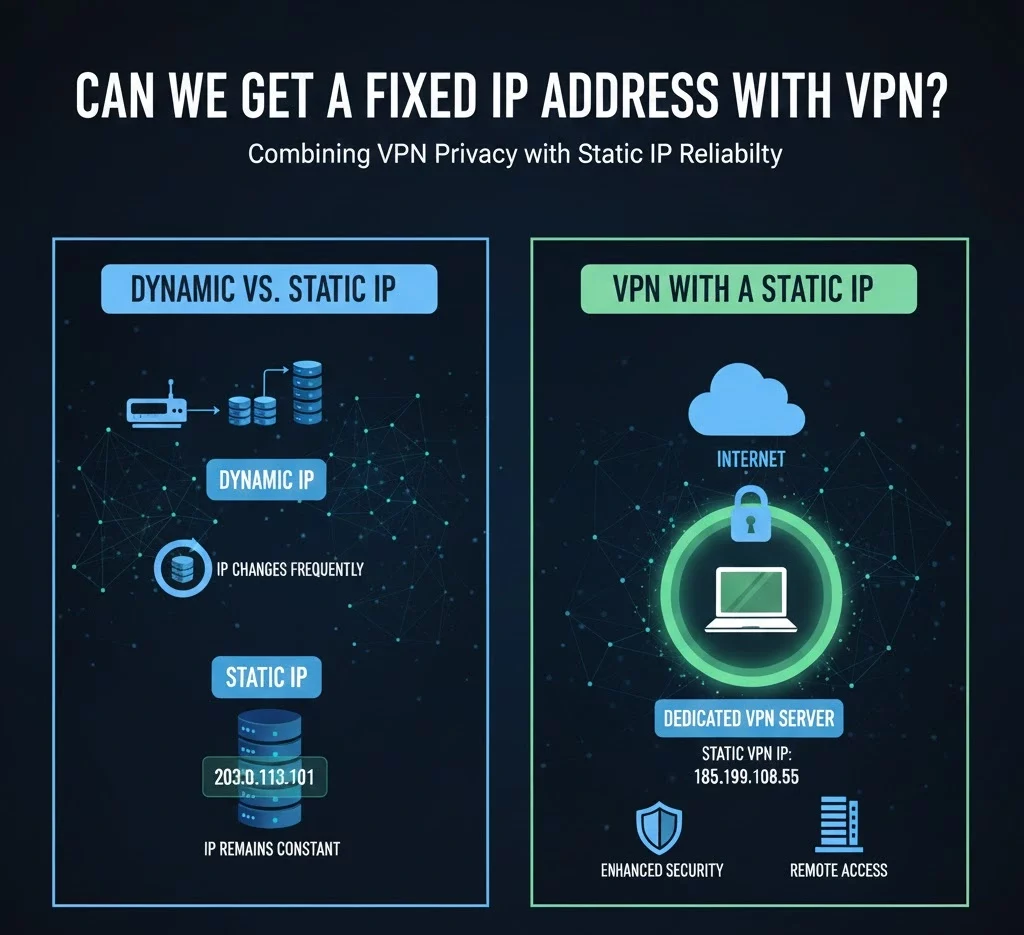Blog

Public IP addresses allow devices to communicate directly with the internet, but they also come with several risks that can jeopardize security and privacy. This article explores the potential dangers associated with using public IP addresses and offers tips on how to mitigate these risks in Part 2 Table of
Go ahead

The digital world we navigate today relies heavily on IP addresses, unique identifiers assigned to devices connected to the internet or a local network. As the demand for IP addresses continues to rise, businesses and individuals are exploring various options to secure the necessary resources. One increasingly popular method is
Go ahead

Public IP addresses are unique identifiers assigned to devices connected to the internet, enabling them to communicate with other devices globally. These addresses are essential for the functioning of the internet, enabling the routing of data between different networks and ensuring that information reaches the correct destination. However, the visibility
Go ahead

The IP address is a fundamental component of the internet, acting as a unique identifier for devices connected to the network. While it serves a crucial role in routing data, the information that can be derived from an IP address alone can be quite revealing. Here’s a detailed look at
Go ahead

In the world of internet connectivity and digital privacy, Virtual Private Networks (VPNs) have become a staple tool for many users. One common question that arises is whether it’s possible to obtain a fixed IP address when using a VPN. Table of Contents Toggle Understanding Fixed IP Addresses via VPNBenefits
Go ahead
